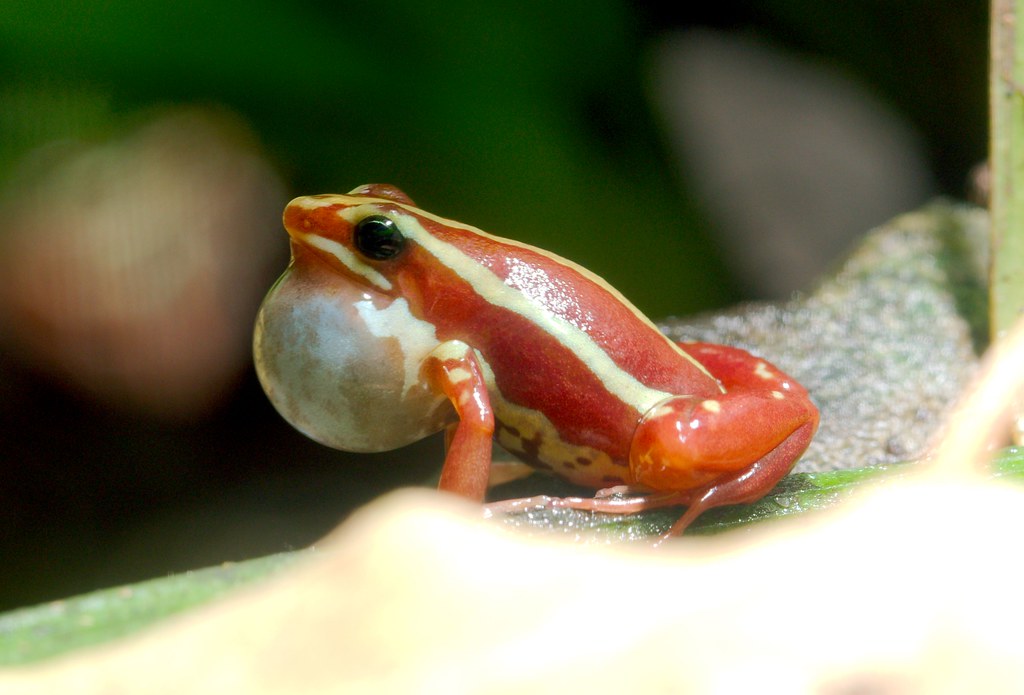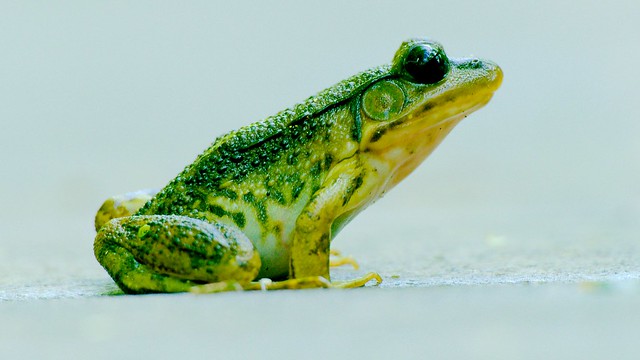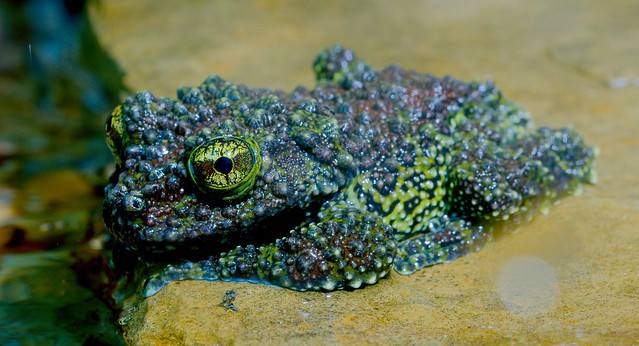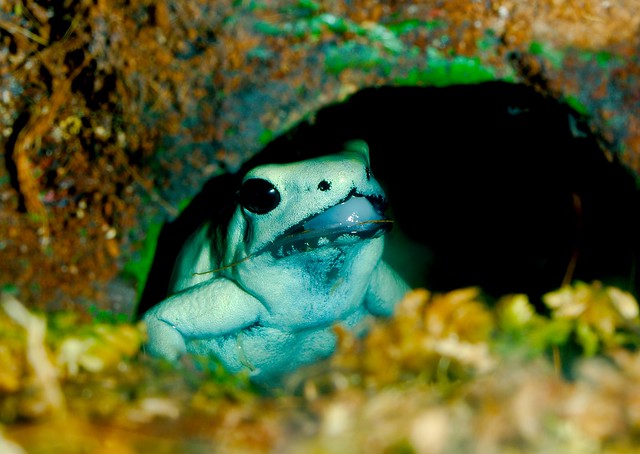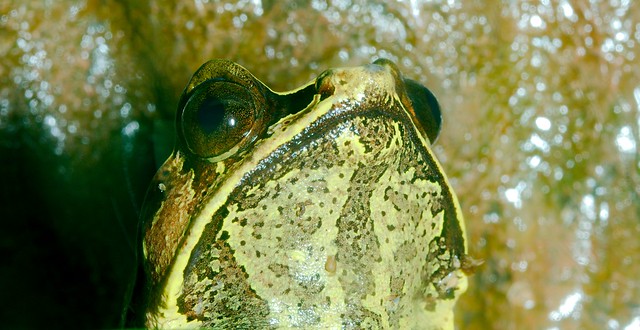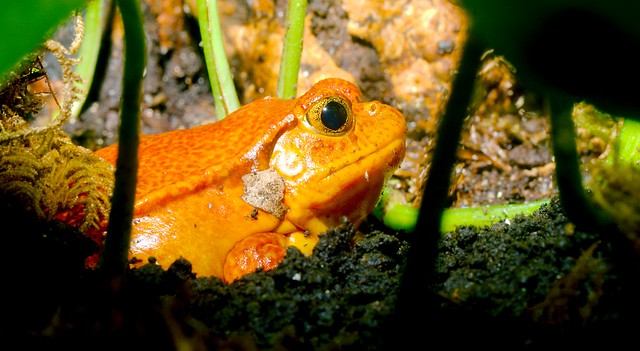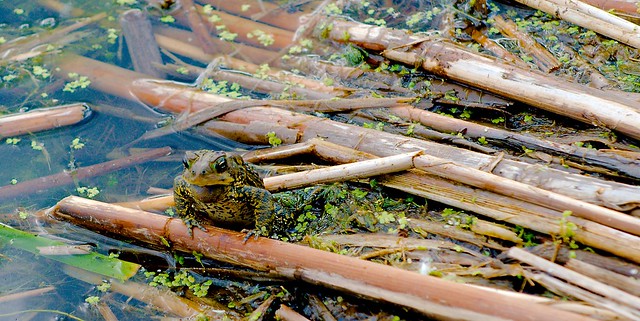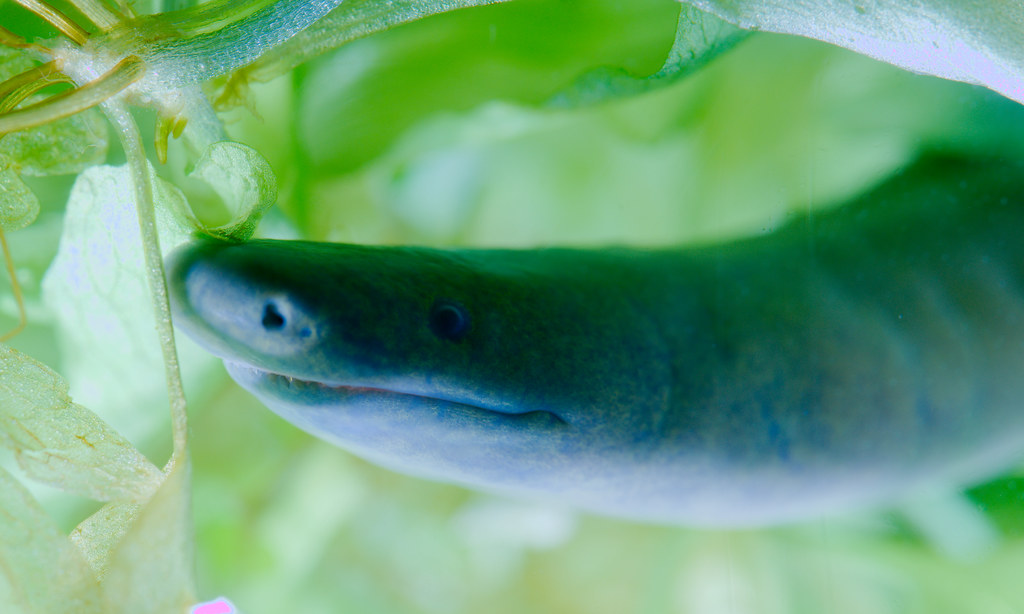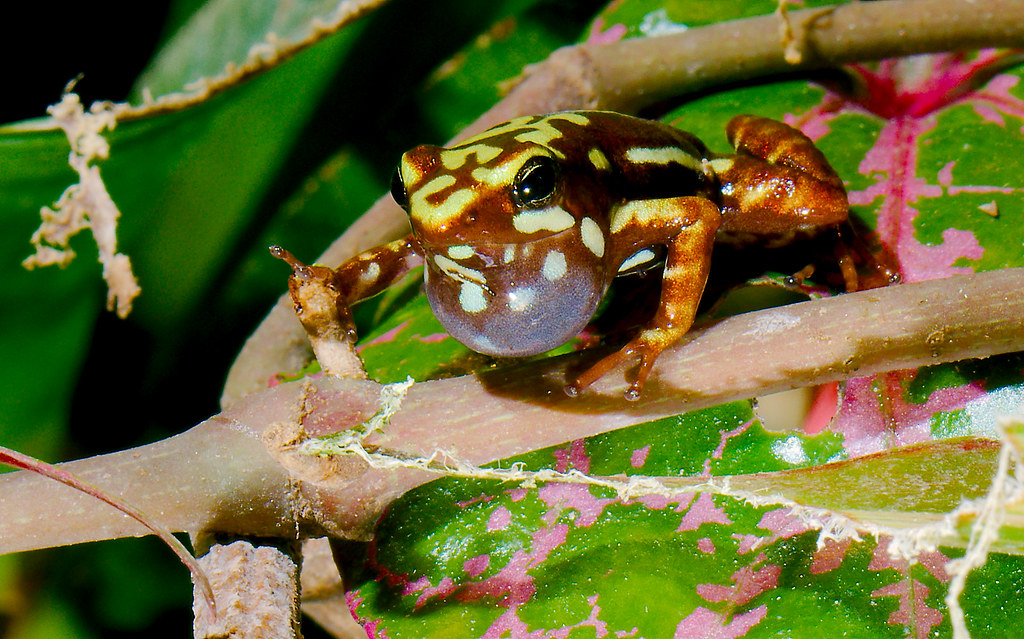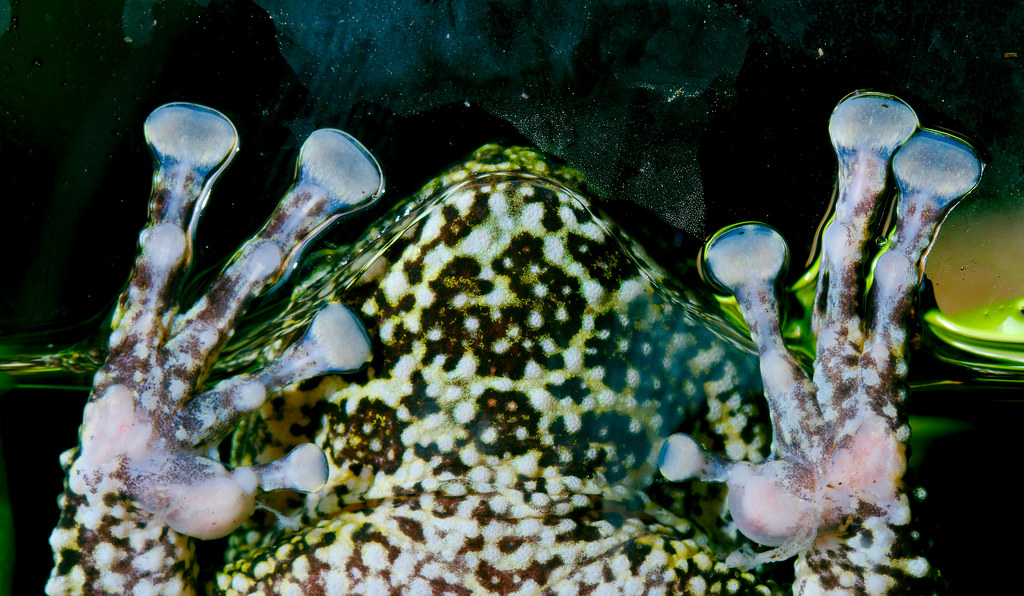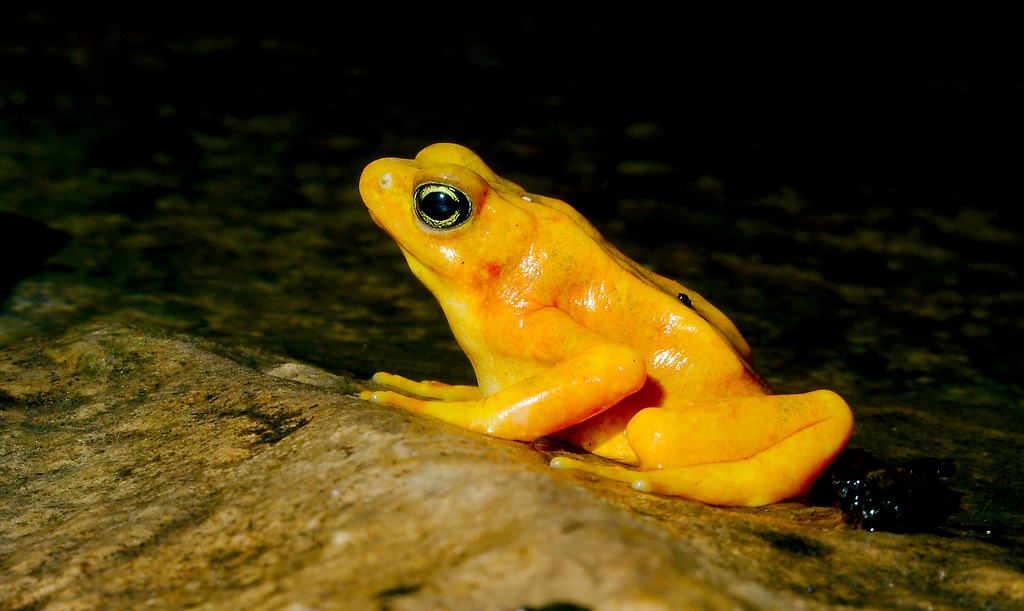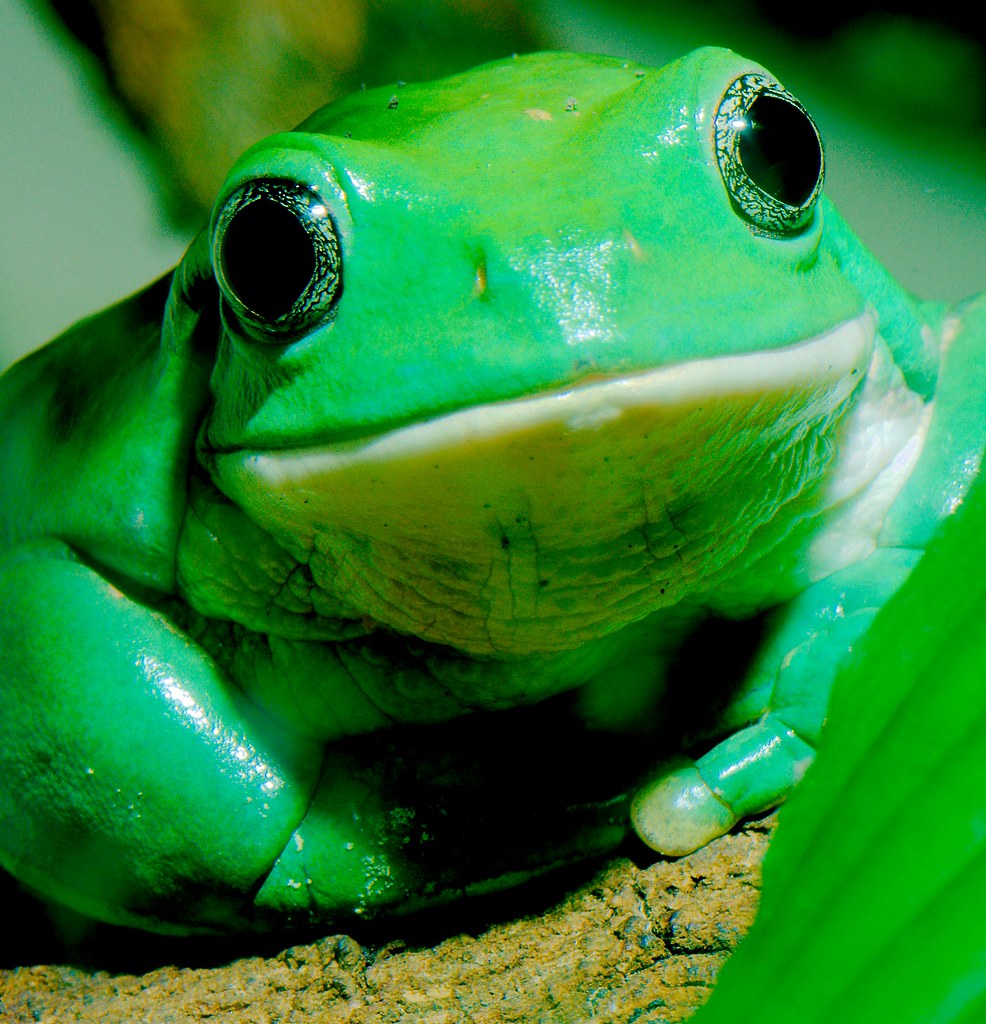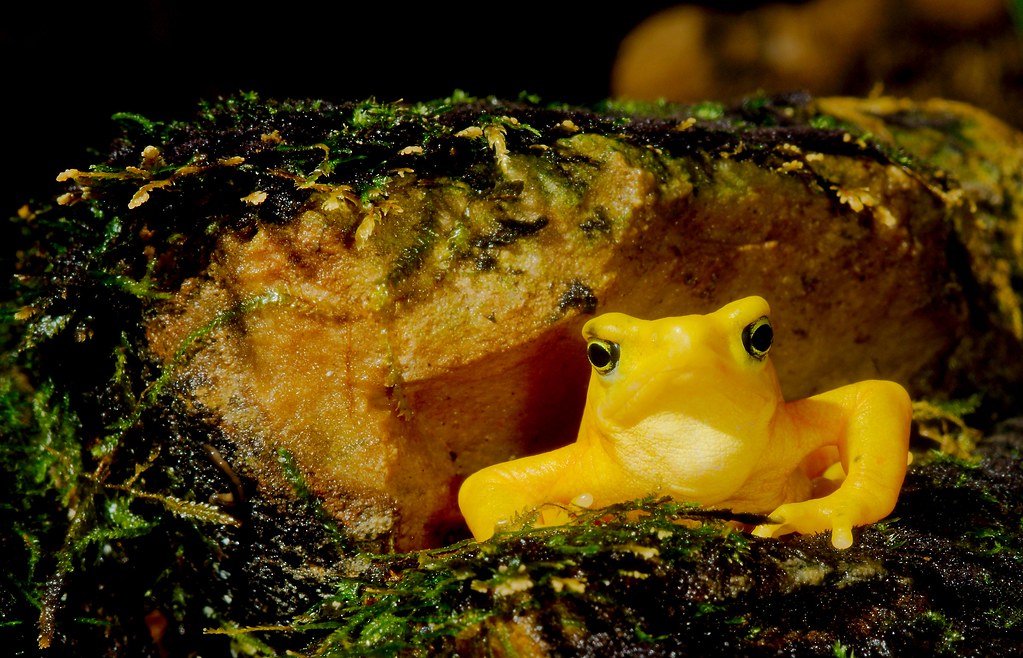
This salamander is wondering why narrators are always talking about how this building or that can “be seen from space”.
“If we can see can see OGLE-2014-BLG-0124Lb, 76,422,100,000,000,000 miles* away, seeing something from orbit is nothing to brag about.
Even factoring in relative sizes, at half the mass of Jupiter, assuming similar density, OGLE-2014-BLG-0124Lb would have a diameter of 68,957.812 miles.
So, from a low earth orbit of 200 miles up, you should be able to see things that are 0.0000000001805 miles wide. That’s 0.00001143 inches … smaller than a human hair.”
Salamanders think they understand satellite imagery, but they really don’t.
* Converted to Western measurement for American readers. Salamanders still work in aṅgulas.
